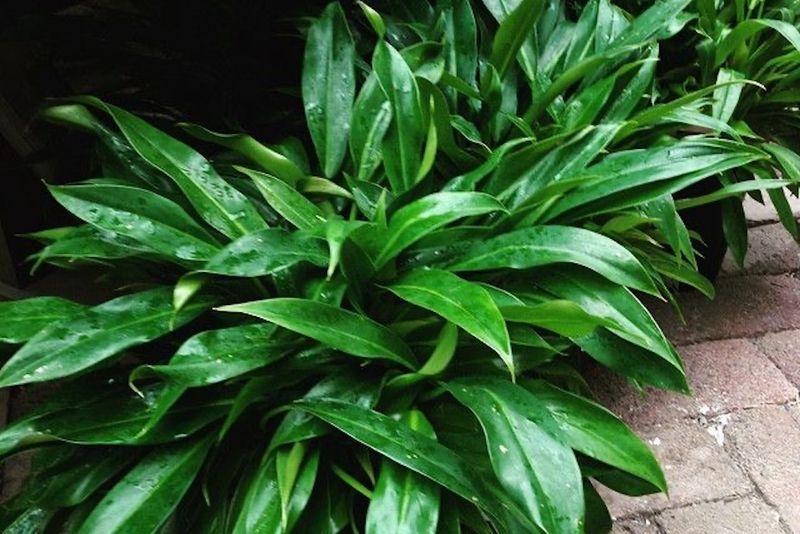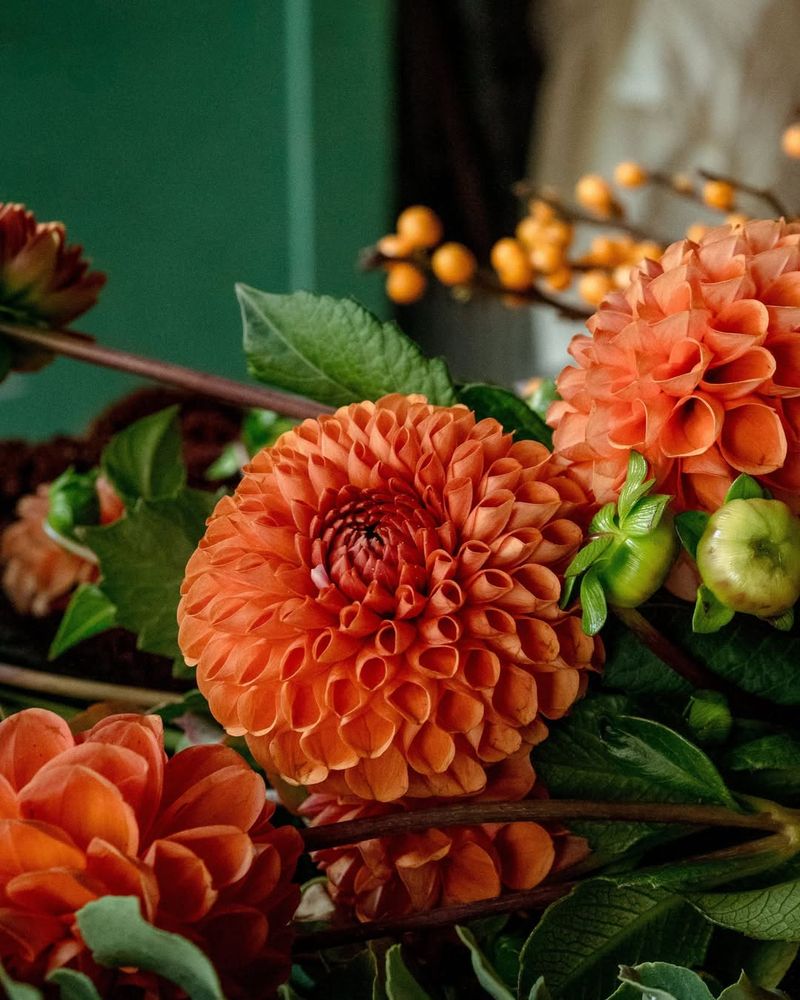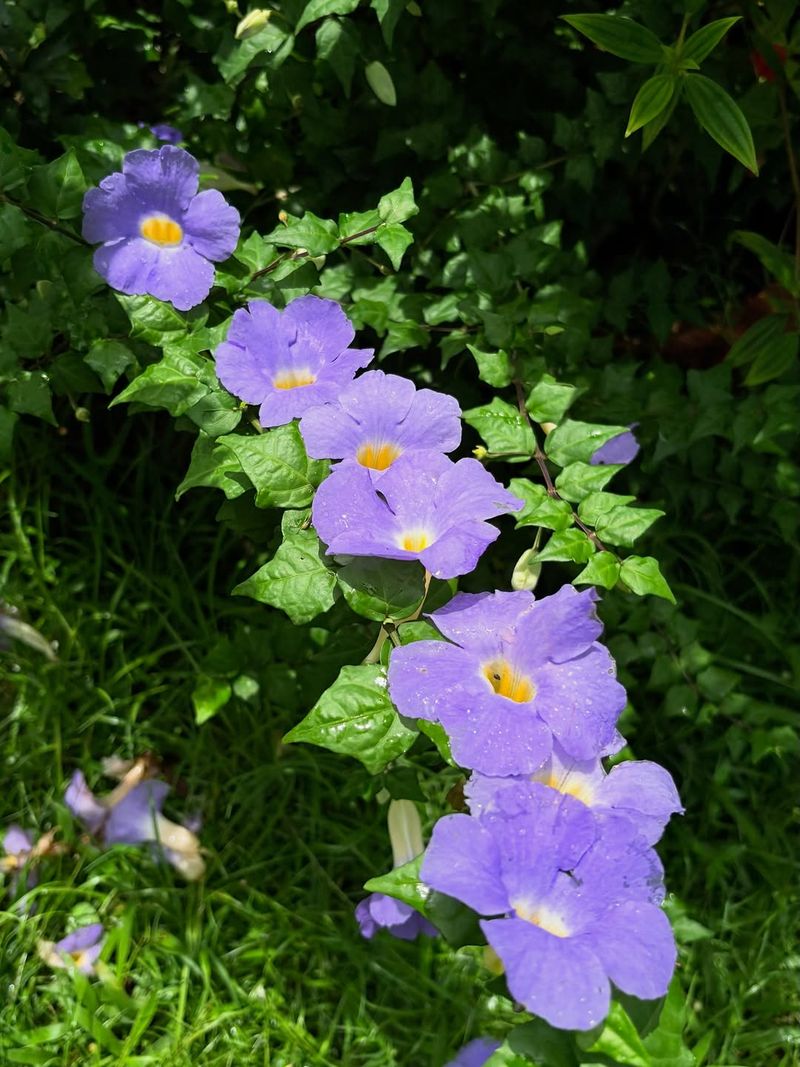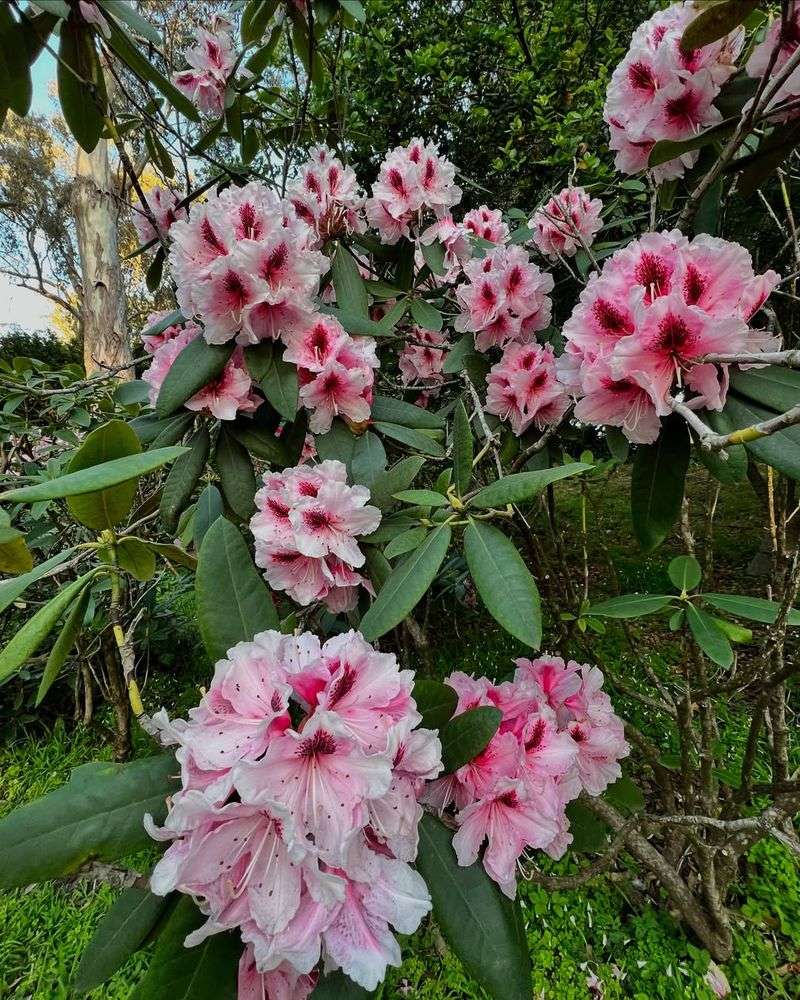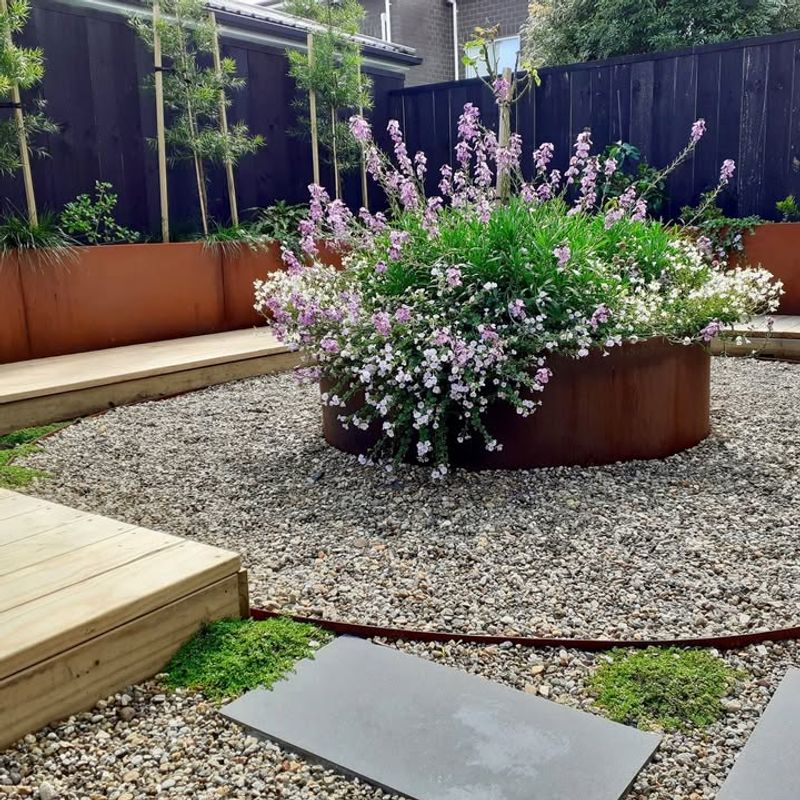Creating a beautiful garden in Georgia means understanding how to blend flower colors in ways that make your yard stand out. The right color combinations can turn an ordinary space into something truly special that neighbors will admire.
Whether you’re planting your first flower bed or redesigning an existing garden, learning these color mixing techniques will help you create stunning displays all season long.
1. Start With A Color Wheel Foundation
Understanding basic color theory makes choosing flower combinations much easier than guessing. A simple color wheel shows which colors work beautifully together and which ones might clash in your garden beds.
Colors directly across from each other create exciting contrasts, while colors next to each other produce gentle, flowing designs. Many garden centers sell pocket-sized color wheels specifically designed for flower gardening.
Spending just a few minutes studying these relationships will save you from expensive mistakes and disappointing results.
2. Choose One Dominant Shade
Picking a main color for your garden creates a strong visual impact that draws the eye. Rather than planting equal amounts of every color, select one shade to cover about sixty percent of your flower bed.
This approach prevents your garden from looking too busy or confusing to viewers. Purple works wonderfully in Georgia gardens, especially when paired with smaller pops of yellow or white.
Your dominant color becomes the star of the show while other shades play supporting roles beautifully.
3. Add White Flowers As Buffers
White blooms act like peacekeepers between colors that might otherwise fight for attention in your beds. Planting white flowers between bold colors like red and orange prevents clashing and creates breathing room for the eyes.
Petunias, alyssum, and vinca work exceptionally well for this purpose in Georgia’s climate. These neutral blooms also brighten shady spots and make evening gardens glow beautifully.
Think of white flowers as the glue holding your entire color scheme together throughout the growing season.
4. Group Warm Colors Together
Reds, oranges, and yellows create energetic, cheerful areas that feel warm and inviting to visitors. Grouping these hot shades together in one section produces a dramatic focal point that catches attention from across the yard.
Zinnias, marigolds, and coreopsis thrive in Georgia summers and offer these fiery tones reliably. Position these warm-colored groupings where you want to draw people’s eyes or create conversation areas.
Avoid scattering warm colors randomly, as clustering them amplifies their powerful visual effect significantly.
5. Balance With Cool Tones
Blues, purples, and lavenders bring calmness and sophistication to garden spaces that might otherwise feel overwhelming. Cool colors work especially well in areas where you want to relax or create a peaceful retreat from busy life.
Salvia, verbena, and ageratum provide reliable cool tones that handle Georgia’s heat admirably well. Planting cool colors in shadier spots makes those areas appear larger and more inviting than they actually are.
Balance your warm-colored sections with cool-toned areas for a garden that feels complete and thoughtfully designed.
6. Consider Bloom Times Carefully
Planning color combinations means thinking about when different flowers actually bloom in Georgia’s seasons. Spring tulips won’t help your summer color scheme, so choose plants that flower simultaneously for coordinated displays.
Many Georgia gardeners plant early bloomers like pansies with later-flowering plants for extended color throughout spring. Check plant tags carefully for bloom times before purchasing to ensure your color plan actually works.
Successful color mixing requires flowers that show off together, not in separate months or seasons.
7. Test Small Areas First
Experimenting with color combinations in a small test bed prevents costly mistakes across your entire property. Plant a few different color schemes in separate small areas and observe which ones you truly love over several weeks.
Lighting changes throughout the day, so colors that look perfect at noon might disappoint you at sunset. Testing also helps you learn which color combinations work best with your home’s exterior and existing landscape.
Once you discover winning combinations, expand them confidently into larger garden areas for maximum gorgeous impact.



